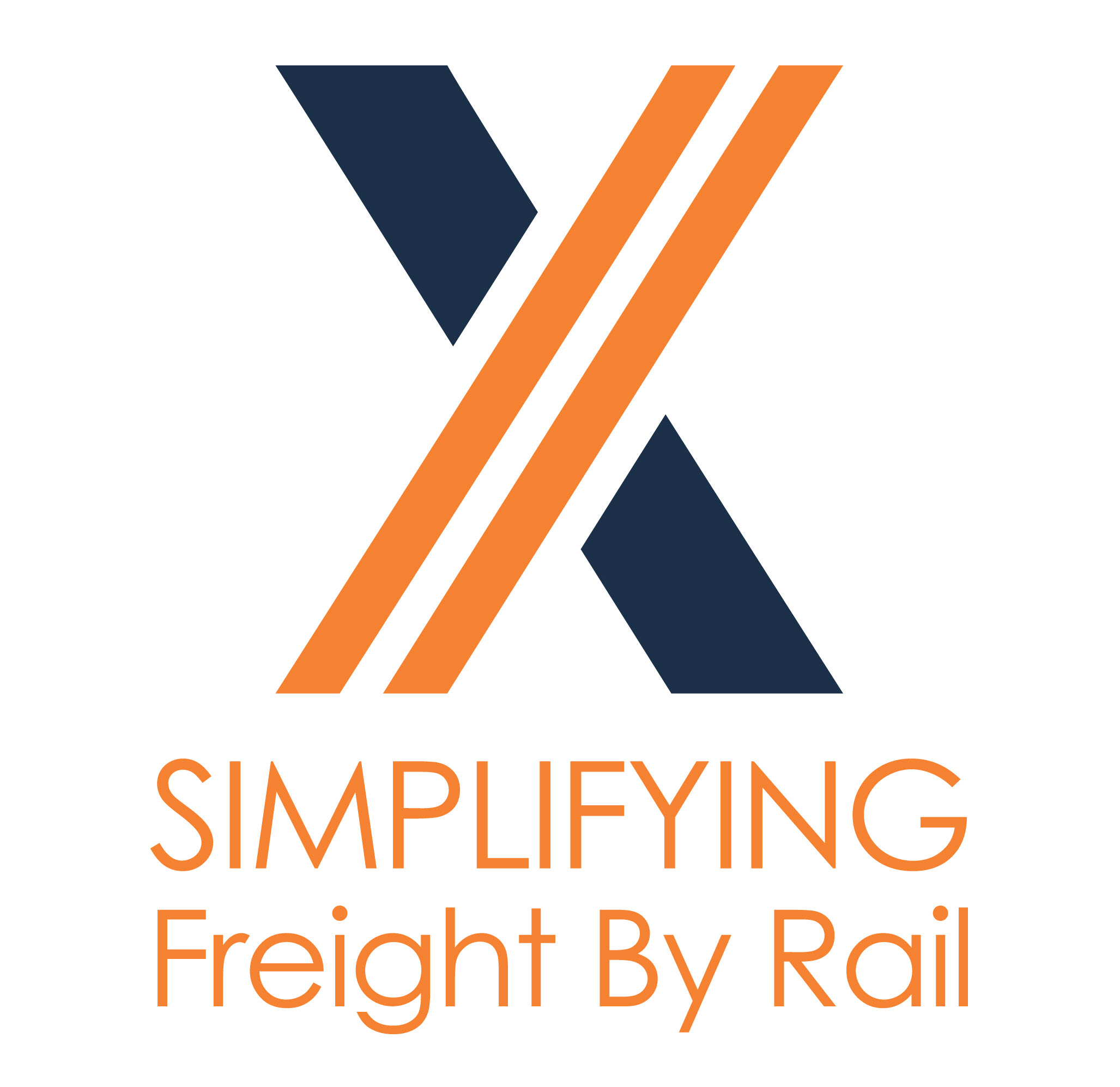Rail freight companies play a critical role in the transportation and logistics industry, moving goods across the country in a safe, efficient, and cost-effective manner. However, as with any business, rail freight companies face significant challenges when it comes to improving efficiency and profitability. In this article, we will explore some of the strategies and best practices that rail freight companies can use to improve their bottom line.
One of the most important strategies for improving efficiency and profitability in rail freight companies is to invest in modern technology and equipment. This includes upgrading locomotives, railcars, and other equipment to ensure that they are as efficient and reliable as possible. It also means investing in technology such as GPS tracking and real-time data analysis to improve visibility and make better decisions about routing and scheduling.
Another key strategy is to focus on customer service and satisfaction. This means working closely with customers to understand their needs and developing tailored solutions that meet those needs. It also means providing timely and accurate information about shipments and being responsive to customer inquiries and concerns. By providing exceptional customer service, rail freight companies can build strong, long-lasting relationships with their customers and secure their business over the long term.
In addition to technology and customer service, rail freight companies can also improve efficiency and profitability by optimizing their operations. This includes using data analysis to identify areas where processes can be streamlined or automated, as well as implementing lean manufacturing principles to reduce waste and improve efficiency. It also means working closely with suppliers and other stakeholders to improve coordination and reduce delays.
Finally, rail freight companies can improve their profitability by diversifying their revenue streams. This includes exploring new markets and industries, such as intermodal transportation or specialized freight services. It also means partnering with other companies to offer complementary services, such as warehousing and distribution.
In conclusion, improving efficiency and profitability in rail freight companies requires a combination of modern technology, exceptional customer service, optimized operations, and diversification of revenue streams. By focusing on these key strategies and best practices, rail freight companies can enhance their competitive position and succeed in an ever-changing and challenging industry.
Interested in seeing how Commtrex can help? Click below to get started.

